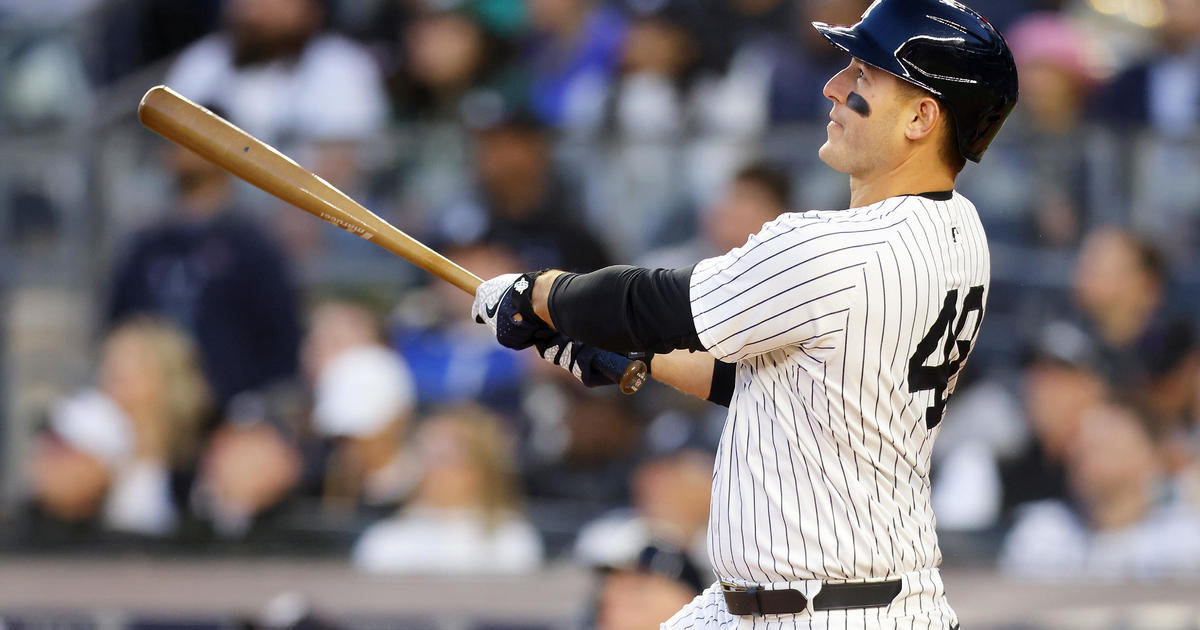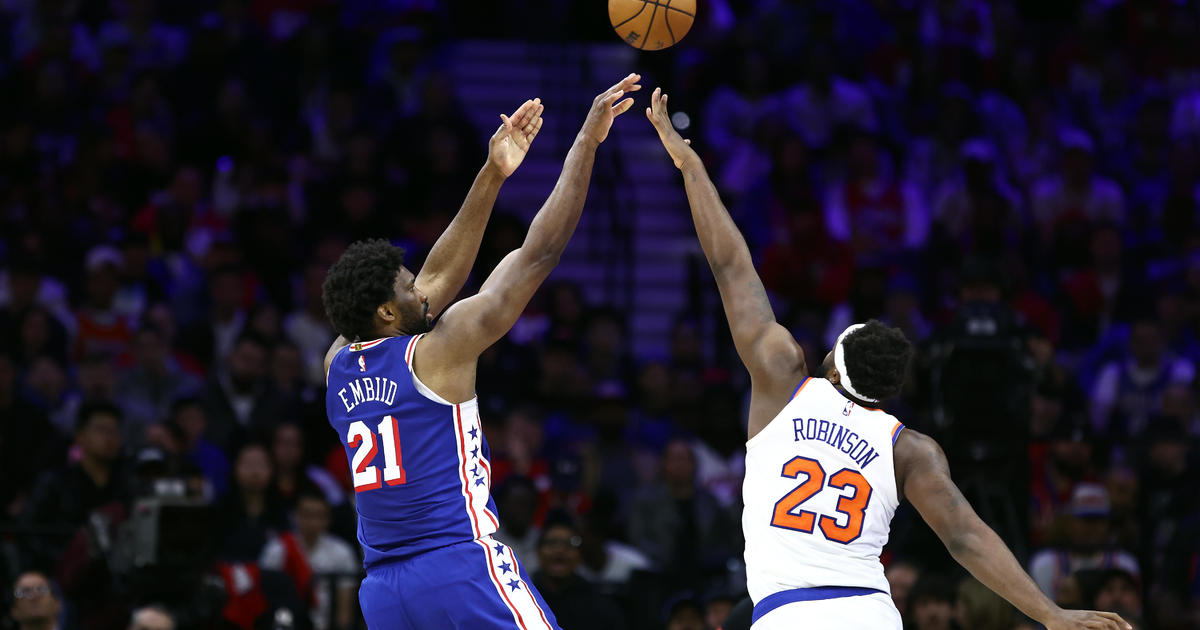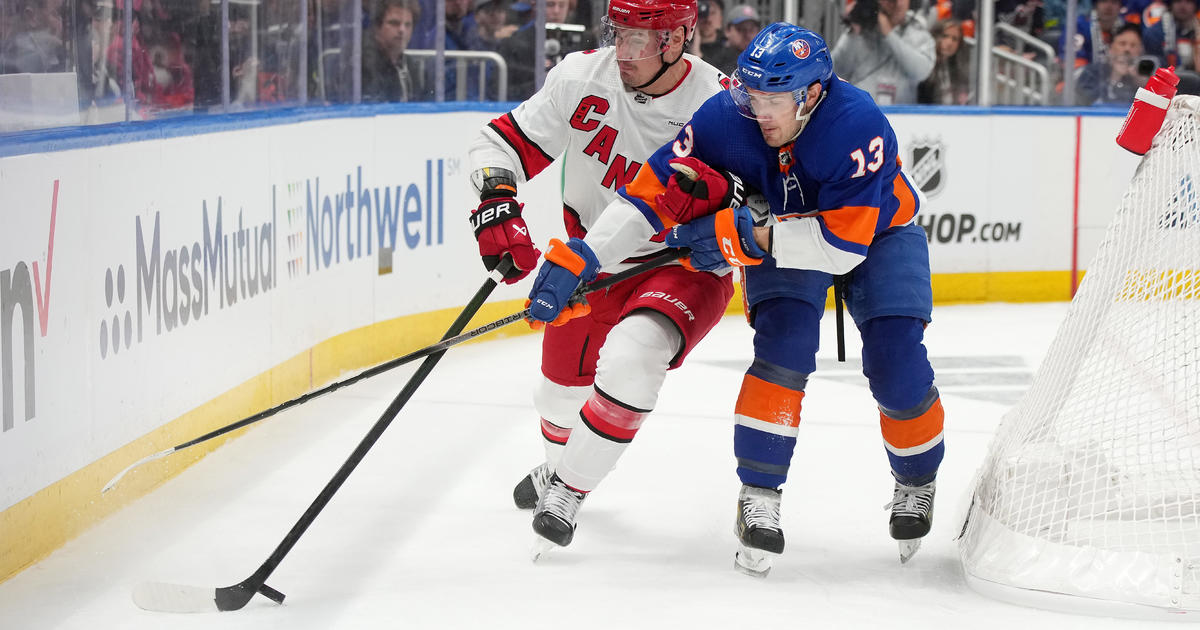Injury Breakdown: Smith Kneeds Surgery
By Abby Sims
» More Columns
Steve Smith, NY Giants Pro-Bowl receiver, is reportedly facing season-ending surgery to address torn articular cartilage in his left knee. The injury was evidently the result of a tackle from behind, suffered in Monday night's win over Minnesota. That game just wasn't meant to be… It was a decidedly unfortunate return to the field for Smith, who'd missed the prior four games due to a partial tear of his pectoral muscle (in the chest). Smith will be missed. He is one of 12 Giants to have been placed on injured reserve this season, the fifth of whom is a wide receiver.
There has been confusion in the reports of Smith's injury – some referring to the fact that he tore his meniscus, with most others stating that the injury was to the articular cartilage. It appears that those reporting the former are assuming that the two types of injuries are synonymous. They are not. I hope that what follows will clarify the distinction for you.
Articular (joint) cartilage is also referred to as hyaline cartilage and it is essentially the surfacing on the ends of bones that form synovial joints. These are joints that move fairly freely and are surrounded by a capsule, which helps to provide stability. The capsule encases a cavity that is lined by a loose connective tissue called a synovial membrane.
Hyaline cartilage is composed primarily of water and, to a lesser extent, of Type II collagen and other substances. It appears as a very glassy, shiny surface lining the joints and is divided into four zones, from superficial to deeper layers. The articular cartilage is crucial to reducing the friction at the joints as well as the compressive forces that occur with loading.
The reports I've read of Dr. Russell Warren's statements regarding Steve Smith's MRI results state that the diagnosis was of tear(s) of his articular cartilage. I saw no mention of a meniscal tear in those accounts.
Studies on articular cartilage point to rotational forces combined with direct trauma as the most common causes of injury -- no surprise there. Shearing forces commonly result in chondral (cartilage) injury rather than the deeper region at the bone. Wheeless' Textbook of Orthopaedics also reports that articular cartilage injuries are more often found in the weight-bearing regions and are most common in the medial (inner) compartment than the lateral (outer).
The menisci are firm, fibrocartilagenous structures shaped like half-moons that are attached at their outer rims (via ligaments) to the top of the tibia. They essentially serve to improve the fit of the femur on the tibia at the knee joint. In doing so they reduce the contact of the two bones, diminishing the load borne at the boney surfaces – they are the primary shock absorbers of the knee. There is a meniscus on the inner, or medial side of the joint, as well as one in the outer, or lateral compartment. The menisci are not fixed within the joint, but instead move slightly as the knee bends to increase their effectiveness and protect themselves from injury. The rear portion (posterior horn) of the meniscus is thought by some to be more prone to injury because it glides to a lesser degree (than the anterior horn). The medial meniscus is also more often injured that the lateral one because of its attachment to the medial collateral ligament (MCL) – the lateral meniscus is not attached to its counterpart, the lateral collateral (LCL). The collateral ligaments serve as stabilizers of their respective compartments of the knee joint.
A secondary function of the menisci is to assist with knee stability, particularly when the ligaments (which are the primary stabilizers) were injured and are therefore lax. Like injuries to the articular cartilage, injuries to the menisci are most common with excessive stresses usually involving rotation while weight-bearing, particularly on a bent knee. Meniscal tears can occur in various regions of the structure and are named for the specific shapes and locations of the tear. Early in my career, a torn meniscus was simply removed. Further research proved that the absence of a meniscus promoted arthritic changes and so arthroscopic surgery to trim the torn portion away became the treatment of choice. In some cases, the meniscus can also be repaired. Poor vascularity of the menisci is the reason why they simply don't heal. Only the very outer rim is considered to have some (minimal) blood flow.
Follow Abby @abcsims on Twitter and read more about her work at www.RecoveryPT.com.




